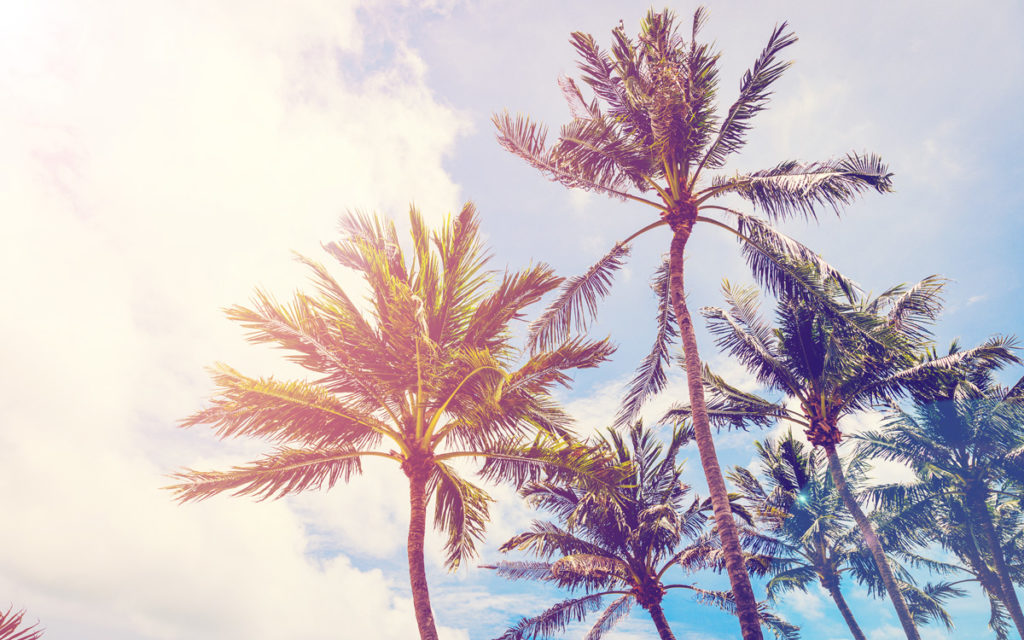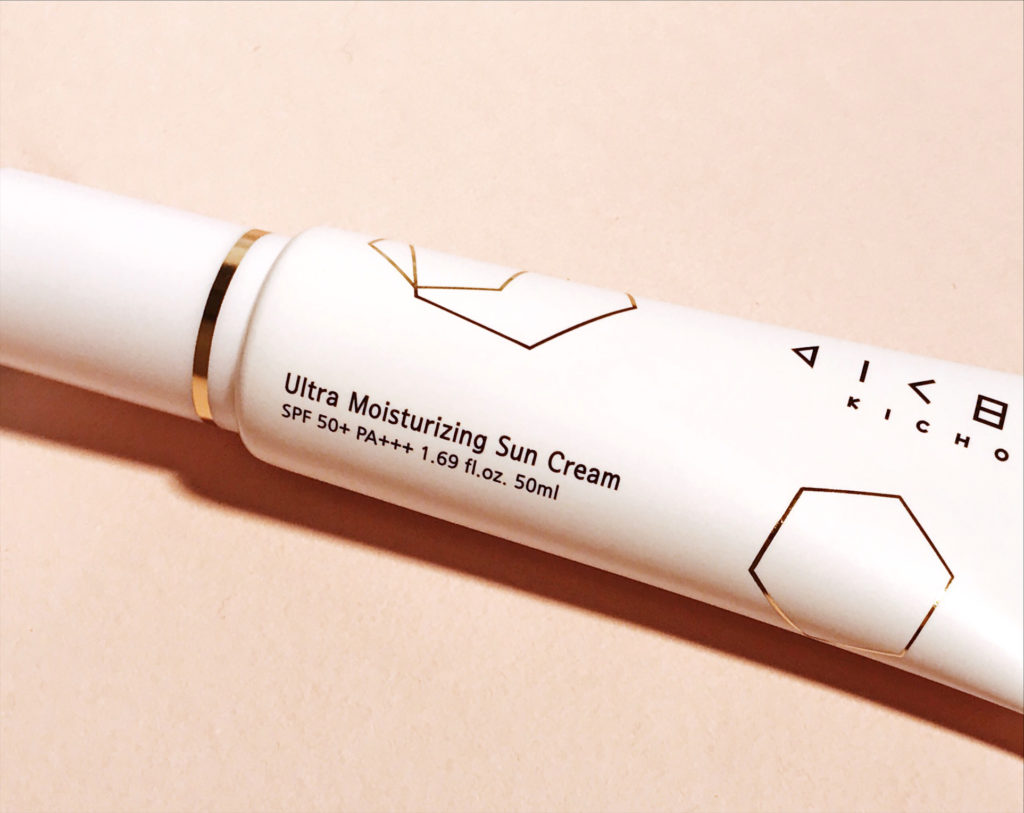The Reason You Should Use a Korean Sunscreen ASAP

Unlike the American love affair with tanned, bronzy skin, most Koreans avoid the sun like it’s a crazy ex-boyfriend. With spotless translucent skin being the goal, avoiding sun damage is detrimental. Even in the dead of summer, full regalia of head to toe clothing, sun hats and large sunglasses are the norm over cutoffs and bikinis. There’s no doubt that sunscreens are a non-negotiable of the Korean beauty routine. Here, we delve into why Asian sunscreens have a one up on it’s American counterparts.
When you read an SPF label, the number you see indicates the protection against UVB rays. “UVB light are the rays that contribute to sunburns, but UVA is damaging in that it can lead to photodamage, premature aging and even skin cancer,” says L.A. dermatologist Annie Chiu.
On Asian sunscreens, you’ll see another component to labeling. You may have seen the letters “PA” following by plus signs. This Japanese Persistent Pigment Darkening (PPD) designation is utilized across many Asian brands to provide a more thorough UV rating reference. “The PA+ to +++ rating shows how much UVA coverage you are getting,” says Chiu. The number of plus symbols after the “PA” indicate the level of UVA protection. Three plus signs equals the highest level of UVA protection whereas one or two provides little to moderate coverage.

Currently, there’s no way in knowing how much UVA protection you get in U.S. sunscreens. Though you can look for a broad spectrum formula (which offers both UVA-UVB coverage), you won’t know just how much UV coverage you’re getting. “Due to the cultural desire to be sun protected in a lot of Asian countries, the PA+ system is clearly marked on every Asian sun protection product,” says Chiu. So even though protecting yourself from UVB rays is important; if you want to fend off lines and spots, UVA protection matters just as much as UVB.
“Sunscreens are considered to be over the counter drugs by the FDA and as such need to go through a comprehensive approval process,” says Mount Sinai dermatologist Joshua Zeichner. This arduous process has created a lag in new and innovative filters being used in U.S. sunscreens. “Currently, there are 17 different UV blockers available for use in United States sunscreens,” says Zeichner. He adds, there are about 26 blockers available globally. UVA filters like tinosorb and mexoryl are examples of effective blockers used in both Asian and European formulations that aren’t available in the U.S. yet. “The advantage of some of these other ingredients is that they provide more comprehensive protection against UVA light,” says Zeichner. Think of it like this, a Korean sunscreen is akin to wearing a parka in snowstorm, you’re getting nearly full protection. An American formulation is more like wearing a bomber. Sure, you’re getting some protection but you’re likely going to need more coverage.
“Since we have very effective UVB blockers, much of your choice and sunscreen is determined by quality of the UVA blocking ingredients,” says Zeichner. While Obama passed the Sunscreen Innovation Act in 2014 to help push the FDA into speeding up the approval process for sunscreen ingredients, eight filters including tinosorb and mexoryl were rejected due to unknown safety claims. Keep in mind, that these ingredients have been in use in Asia and Europe for decades. So what does this mean for you and your sunscreen? While we continue to wait for the US to approve new UVA-filters, which can take ages, you can shop for Korean sunscreens with PPD protection online- no trip to Seoul needed.
Here are three that we love:
Lagom Cellus Sun Gel
Looking for the perfect formula to pair with makeup? This lightweight gel feels weightless and blends in quickly (on any skin tone). A whopping SPF50+ paired with PA+++ coverage makes this sunscreen a rockstar. It dries to a matte finish. Bonus- the travel friendly bottle is TSA-approved, making this perfect for your next beach getaway.
Aromatica Calendula Non-Nano UV Sun Screen
Sensitive? This titanum dioxide blend might require a little rubbing but it blends to an invisible finish. The physical blocker offers an SPF of 30 along with PA+++ UVA coverage. Devoid of silicones and fragrance, this hypoallergenic calendula, coconut oil and green tea blend nourishes and protects skin without irritation.
Kicho Ultra Moisturizing Sun Cream
There is nothing that we love more than a multitasker that’s truly efficient in all of its job. You can effectively replace your moisturizer and your antioxidant serum with this all in one. The creamy base sinks into skin and boosts moisture with lightweight sunflower and soybean oils. Both UVA and UVB protection is at peak levels with SPF50+ and PA+++. Even better yet, the addition of antioxidants offers further defense against free radical damage with green tea, gingko, wheat, and soy. And while fragrance has never been a necessity for our sunscreen, the addictive botanical scent of this formula makes us want to reapply it over and over again.

Comments